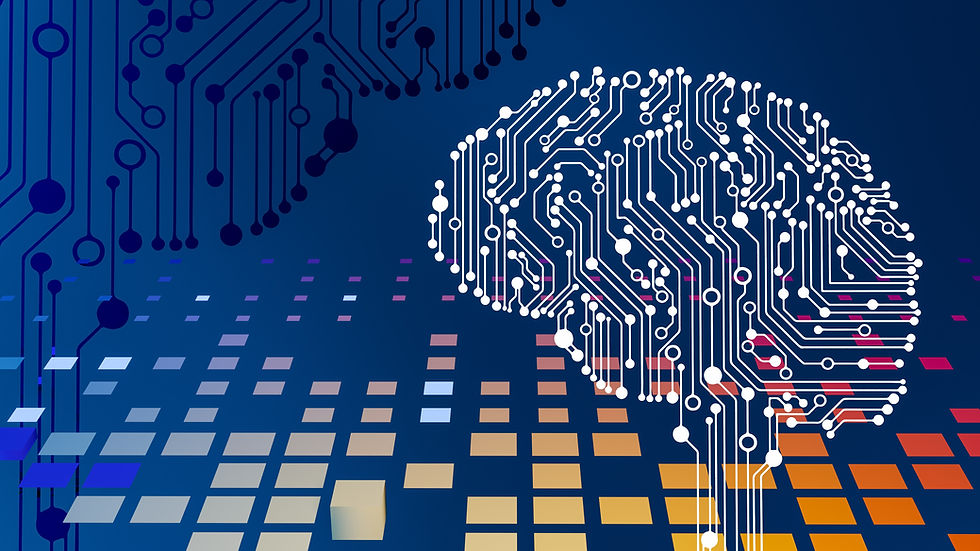Navigating the Perils of Progress: Exploring the Potential Risks of AI
- MOHD EZLI MASHUT
- 9 Sep 2023
- 2 min membaca

By : Mohd Ezli Mashut & ChatGPT
Introduction
Artificial Intelligence (AI) has taken the world by storm, revolutionizing industries and offering innovative solutions to long-standing problems.
However, as AI continues to evolve and integrate into our daily lives, it is imperative that we acknowledge and address the potential risks it presents.
In this blog post, we will delve into some of the most significant risks associated with AI and discuss how we can navigate these challenges.
1. Job Displacement
One of the most prominent concerns surrounding AI is the potential for widespread job displacement. Automation and AI-driven systems can perform tasks more efficiently and accurately than humans in various industries, leading to job redundancy. This shift in employment dynamics could result in economic instability and a growing divide between those who benefit from AI and those who do not.
Mitigation: To combat this risk, governments, businesses, and educational institutions must prioritize reskilling and upskilling programs to ensure that the workforce remains adaptable and equipped with the skills needed to thrive in an AI-driven world.
2. Bias and Discrimination
AI systems are trained on large datasets, often reflecting existing societal biases and prejudices. As a result, AI algorithms can perpetuate discrimination and bias, leading to unfair outcomes in areas such as hiring, lending, and criminal justice.
Mitigation: Developers must implement robust ethical guidelines, conduct thorough bias audits, and diversify their datasets to reduce bias in AI systems. Continuous monitoring and transparency in AI decision-making processes are essential for ensuring fairness.
3. Privacy Concerns
The vast amount of data AI systems require to function raises significant privacy concerns. The potential for unauthorized access to personal information and the misuse of data by both malicious actors and even legitimate organizations is a growing concern.
Mitigation: Stricter data protection regulations, like the General Data Protection Regulation (GDPR) in Europe, are essential to safeguard individual privacy. Users must also be educated about data sharing and have more control over how their information is collected and used.
4. Security Threats
AI can be weaponized for malicious purposes. For example, cybercriminals can use AI-powered tools to launch more sophisticated and targeted attacks. Additionally, AI could potentially be used to manipulate videos and audio, leading to the spread of disinformation and fake news.
Mitigation: Governments and cybersecurity experts must stay ahead of the curve by developing robust AI defenses and monitoring systems to detect AI-driven threats. Public awareness campaigns can help individuals recognize manipulated content.
5. Unintended Consequences
As AI systems become more complex and autonomous, they may exhibit unexpected behaviors or make decisions that are difficult to predict or control. This unpredictability could lead to accidents and unintended consequences in critical domains like autonomous vehicles and healthcare.
Mitigation: Researchers and developers should prioritize safety measures, including rigorous testing, fail-safe mechanisms, and ethical guidelines, to minimize the risk of unintended consequences in AI systems.
Conclusion
While AI holds immense promise for improving our lives, it also brings with it significant risks that cannot be ignored.
As we embrace the potential of AI, it is essential to prioritize ethical considerations, transparency, and robust safeguards to mitigate these risks effectively.
By doing so, we can harness the power of AI for the benefit of society while minimizing its potential harm.

.png)
.png)








Komen